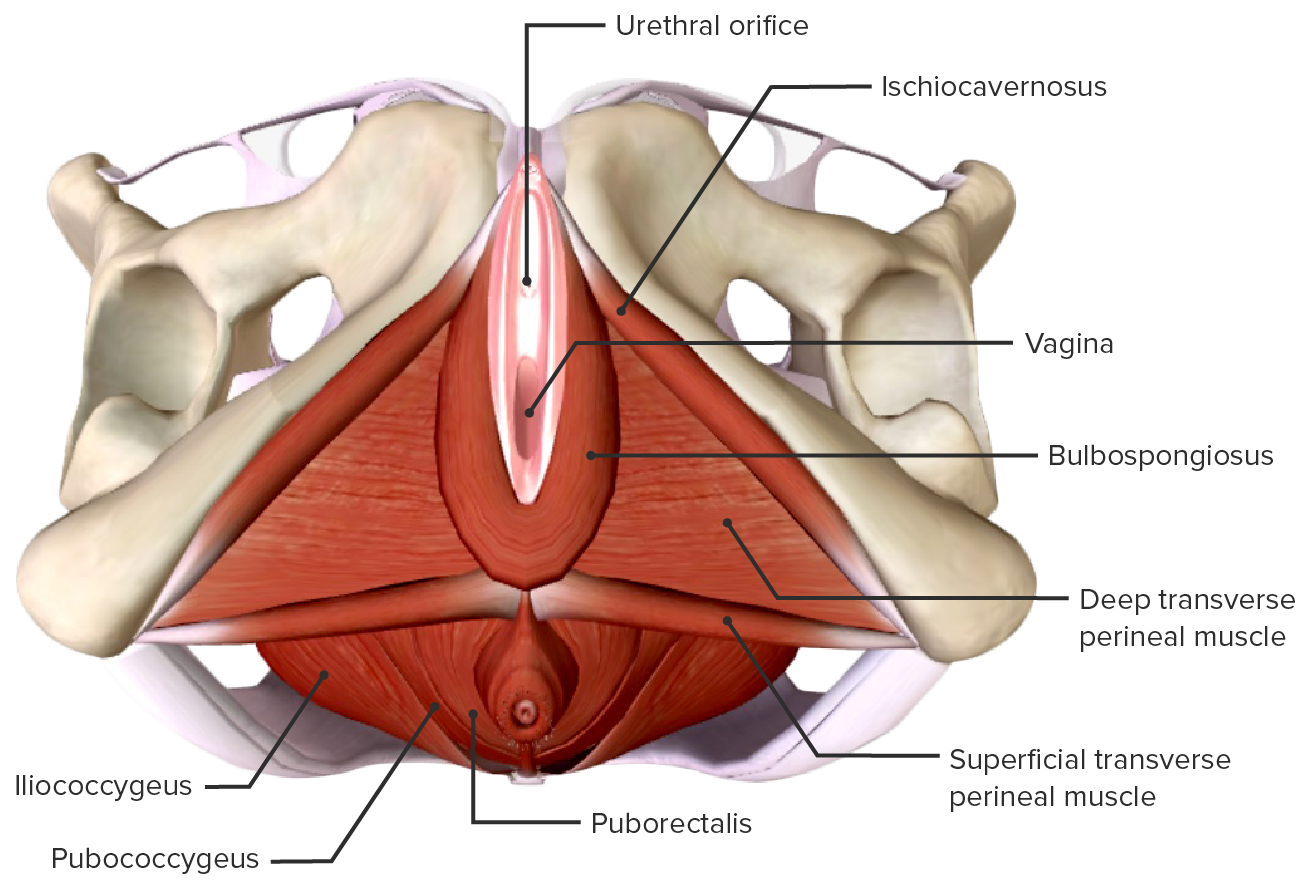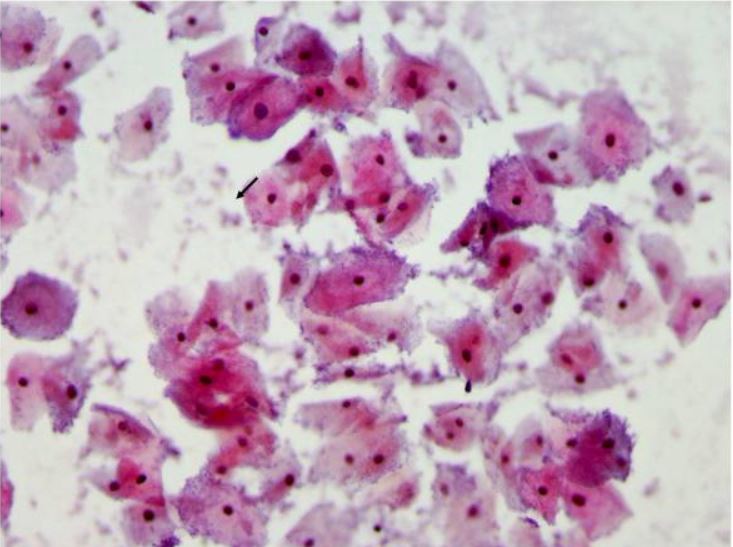Playlist
Show Playlist
Hide Playlist
Trichomonas Vaginalis
-
Slides STD Female Repro.pdf
-
Reference List Pathology.pdf
-
Download Lecture Overview
00:02 A second very important type of vaginosis will be one that will be protozoal. 00:07 If you will take a look at the organism, please, you would find that this then has flagella. 00:13 And with that said, if you do a pelvic exam and you were to do a wet mount, you would then find these organisms that are moving side by side or just moving in general. 00:23 So that's rather interesting because that's also rather disturbing. 00:28 The fact that you've picken up these organisms or literally scraping these organisms from the vagina in which you'd find organism that are moving around the reside within that female's vagina, Trichomonas vaginalis is my topic. 00:43 Infects the vagina and the cervical mucosa, purulent vaginal discharge, organism identified in wet mount, and by that we mean its conspicuous nature of having a flagella. 00:55 So far, we've looked at two important causes of vaginosis. 00:59 Number one was candida with fungal and number two, we have Trichomonas. 01:03 What we have left is bacterial, which we'll get to in a minute. 01:08 The cervical mucosa, remember please, whenever the cervical mucosa has been affected then it will then appear as being red. 01:16 If this is candidal infection, you'd expect the cervical area to also look fiery red. 01:22 Here, the description with trichomonas, the cervical or the cervix area then appears being strawberry-like. 01:29 Actually only seen in minority of cases, but still note well, the treatment here since we are a protozoa will be metronidazole.
About the Lecture
The lecture Trichomonas Vaginalis by Carlo Raj, MD is from the course Sexually Transmitted Diseases (STDs).
Included Quiz Questions
What would one expect to see in a wet mount preparation of a sample taken from the vagina of a patient who has a trichomonas infection?
- Motile flagellated organisms
- Pseudohyphae
- Small rhomboid cell with a round nucleus
- Rod-shaped organisms
- Spiral-shaped organisms
Which of the following is the recommended treatment for Trichomonas vaginitis?
- Metronidazole
- Ketoconazole
- Nystatin
- Acyclovir
- Clindamycin
Customer reviews
5,0 of 5 stars
| 5 Stars |
|
5 |
| 4 Stars |
|
0 |
| 3 Stars |
|
0 |
| 2 Stars |
|
0 |
| 1 Star |
|
0 |





